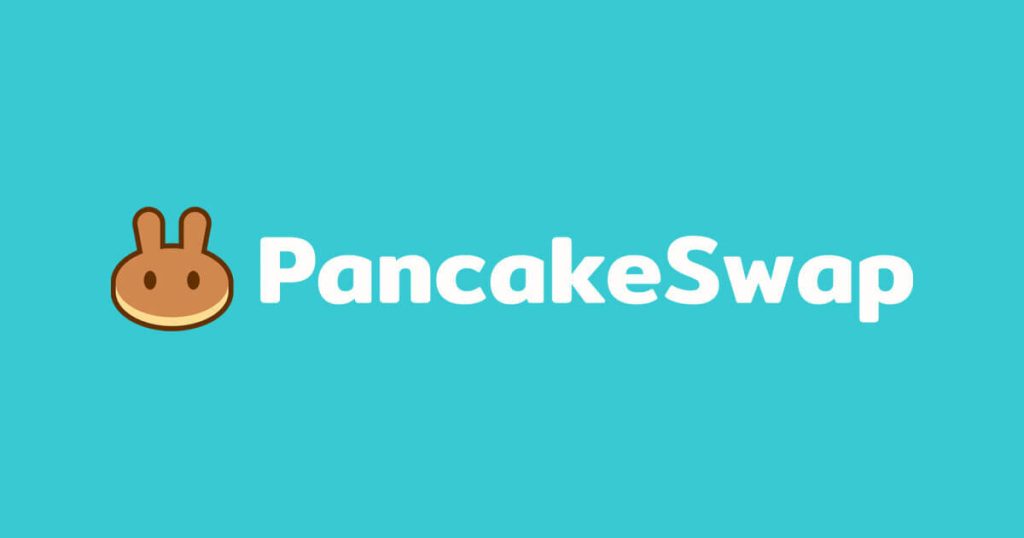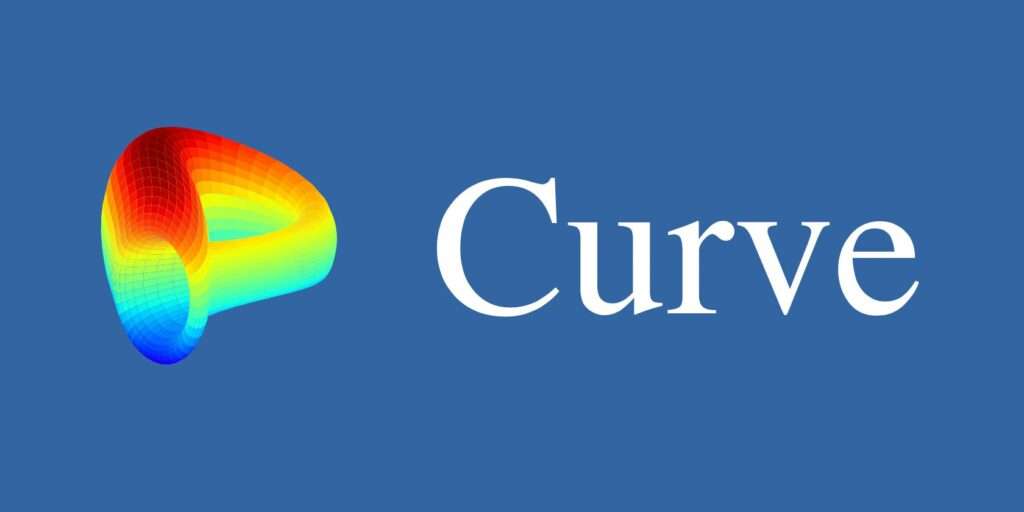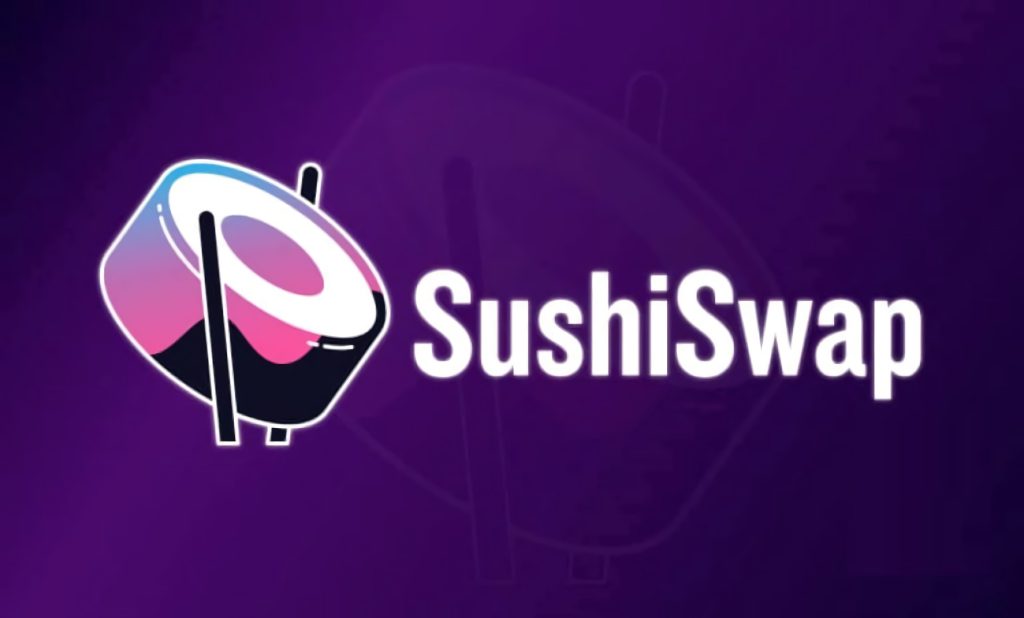
Navigating the World of Decentralized Exchanges (DEXs) in DeFi
Decentralized exchanges is a significant DeFi player. They work effectively, aiding financial activities virtually. This article navigates the world of decentralized exchanges (DEXs), exploring the very core of this concept.
In recent years, the world of cryptocurrency has grown exponentially, introducing various innovative financial instruments and platforms. One such revolutionary development is Decentralized Exchanges (DEXs).
What are Decentralized Exchanges (DEXs)?
Decentralized exchanges (DEXs) are peer-to-peer markets where cryptocurrency traders can conduct transactions without handing up control of their funds to an intermediary or custodian.
These transactions are facilitated by self-executing agreements written in code, known as smart contracts.
Decentralized exchanges (DEXs) were intended to eliminate the need for any authority to oversee and authorize deals conducted on a single exchange.
Decentralized exchanges (DEXs) enable cryptocurrency trading between peers (P2P).
Peer-to-peer is a marketplace that connects buyers and sellers of cryptocurrencies. They are usually non-custodial, which implies that users retain control of their wallet’s private keys.
A private key is a form of enhanced encryption that allows users to access their cryptocurrency. Users can access their cryptocurrency balances immediately after logging into the DEX using their private key.
They will not be forced to provide personal information, such as names and addresses, which is ideal for people who value their privacy.
Innovations that addressed liquidity issues, such as automated market makers, drew consumers to the decentralized finance (DeFi) field and fueled its growth.
DEX aggregators and wallet extensions accelerated the development of decentralized platforms by optimizing token prices, exchange fees, and slippage while providing a better rate to customers.
How Decentralized Exchanges (DEXs) Work?
Decentralized exchanges (DEXs), unlike centralized exchanges, do not allow for fiat-to-crypto transfers; instead, they only trade cryptocurrency tokens for other cryptocurrency tokens.
A centralized exchange (or CEX) will enable you to trade fiat for crypto (and vice versa) or crypto-crypto pairs, such as some of your bitcoin for ETH.
You can also make more complicated maneuvers like margin trades and limit orders.
However, the exchange handles all these transactions through an “order book” that defines the price for a specific cryptocurrency based on current buy and sell orders, similar to how stock exchanges such as Nasdaq operate.
However, decentralized exchanges (DEXs) are essentially a collection of smart contracts.
They utilize algorithms to determine the prices of multiple cryptocurrencies against one another and “liquidity pools” to enable trades in which investors lock assets in exchange for interest-like payments.
DEX transactions are resolved directly on the blockchain instead of centralized exchange transactions recorded on the exchange’s internal database.
DEXs are typically designed with open-source code, allowing anyone interested to understand exactly how they work. That also implies that developers can use existing code to establish new competing projects.
Uniswap’s code has been used by several other DEXs with “swap” names, including Sushiswap and Pancakeswap.
Moving forward, let us see some of the Decentralized Exchanges (DEXs) types.
Types of Decentralized Exchanges (DEXs)
Some benefits of decentralized exchanges (DEXs) are;
- Order books DEXs
- Automated market markers
- DEX Aggregators
Order Book DEXs
Order books keep track of all open orders to buy and sell assets for specified asset pairings.
Buy orders indicate that a trader is eager to purchase or bid for an asset at a fixed price, while sell orders show that a trader is ready to sell or ask a given price for the product in question.
The disparity between these prices influences the order book depth and the exchange’s market price.
There are two types of order book decentralized exchanges (DEXs): on-chain and off-chain. Decentralized exchanges (DEXs) with order books often keep open order information on-chain while users’ funds stay in their wallets.
These exchanges may allow traders to leverage their holdings by borrowing funds from lenders on the platform.
Leveraged trading raises a trade’s earning potential while increasing the danger of liquidation because it expands the size of the position with borrowed funds that must be repaid even if the traders lose their wager.
However, DEX platforms that store their order books off the blockchain only complete deals on the blockchain, allowing traders to reap the benefits of centralized exchanges.
Off-chain order books will enable exchanges to minimize expenses while increasing speed, ensuring that deals are conducted at the prices consumers seek.
Many exchanges also allow customers to lend funds to other traders to provide leveraged trading alternatives.
Loaned money receives interest over time and is protected by the exchange’s liquidation process, guaranteeing lenders are compensated even if traders lose their bets.
It is vital to note that order book decentralized exchanges (DEXs) frequently suffer from liquidity concerns.
Traders typically adhere to centralized platforms because they effectively compete with centralized exchanges and incur additional costs from transacting on-chain.
While decentralized exchanges (DEXs) with off-chain order books decrease these expenses, the necessity to deposit funds in smart contracts introduces dangers.
Automated Market Makers (AMMs)
An automated market maker (AMM) system that relies on smart contracts was created to solve the liquidity problem.
These exchanges were partly inspired by Ethereum co-founder Vitalik Buterin’s article on decentralized exchanges (DEXs), which described how to perform trades on the blockchain using contracts holding tokens.
These AMMs use blockchain-based services known as blockchain oracles to fix the price of traded assets by gathering information from exchanges and other platforms.
Instead of matching buy and sell orders, these decentralized exchanges’ smart contracts use pre-funded asset pools called liquidity pools.
Other users pay the pools and are entitled to the protocol’s transaction fees for completing transactions on that pair.
To earn income on their cryptocurrency holdings, these liquidity providers must deposit an equivalent amount of each asset in the trading pair, known as liquidity mining.
If they try to deposit more of one asset than the other, the smart contract that powers the pool invalidates the transaction.
Traders can utilize liquidity pools to execute orders or earn interest without requiring permission or trust.
These exchanges are frequently evaluated according to the amount of funds locked in their smart contracts, known as total value locked (TVL), because the AMM model has a disadvantage when there is insufficient liquidity which is slippage.
Slippage happens when a lack of liquidity on the platform causes the buyer to pay above-market rates for their order, with larger orders experiencing greater slippage.
A lack of liquidity may discourage wealthy traders from using these platforms, as large orders are prone to slippage without deep liquidity.
Liquidity providers face various risks, including temporary loss due to depositing two assets for a specific trading pair.
When one of these assets is more volatile than the other, exchange trades may reduce the amount of one asset in the liquidity pool.
If the price of the highly volatile asset rises while the volume of liquidity providers’ holdings falls, liquidity providers incur an impermanent loss.
The loss is temporary because the asset’s price can increase, and exchange trades can restore the pair’s ratio.
The pair’s ratio expresses the proportion of each asset in the liquidity pool. Also, trading fees can eventually offset the loss.
DEX Aggregators
DEX aggregators address liquidity issues through various protocols and techniques.
These platforms effectively aggregate liquidity from decentralized exchanges (DEXs) to reduce slippage on large orders, optimize swap costs and token prices, and provide traders with the best price in the shortest time.
DEX aggregators also aim to protect users from pricing effects and reduce the possibility of unsuccessful transactions.
Some DEX aggregators employ liquidity from centralized platforms to improve user experiences while being non-custodial through interaction with certain centralized exchanges.
Let us see some benefits and drawbacks of these decentralized exchanges (DEXs).
Benefits of Decentralized Exchanges (DEXs)
Trading on decentralized exchanges (DEXs) can be costly, especially if the network transaction fees are significant when the trades are completed.
Nevertheless, there are substantial benefits to adopting DEX platforms, some include;
- Anonymity
- Token availability
- Reduced security risks
Anonymity
When consumers swap one cryptocurrency for another, their anonymity is protected on DEXs.
Unlike centralized exchanges, users are not required to go through a conventional identification process known as Know Your Customer (KYC).
KYC procedures include gathering traders’ personal information, such as their full legal name and a photograph of their government-issued identification certificate.
As a result, DEXs attract a considerable number of individuals who prefer to avoid being identified.
Token Availability
Before listing tokens on centralized exchanges, they must be independently vetted and verified to conform to local rules.
Decentralized exchanges can incorporate any token created on the blockchain upon which they are built.
Therefore, new projects will likely be listed on these exchanges before being available on their centralized counterparts.
While this can mean traders can join in on projects as soon as possible, it also means that DEXs are used to list a variety of scams. A “rug pull,” or exit scam, is a common type of fraud.
Rug pulls occur when the team behind a project dumps the tokens used to provide liquidity on these exchange pools as their price rises, making other trades unable to execute.
Reduced Security Risks
Experienced cryptocurrency users who keep their funds on DEXs are less likely to be hacked because these exchanges need control over their funds.
Instead, traders keep their cash secure and only connect with the exchange when they want to. Only the liquidity providers may be at risk if the platform is compromised.
Disadvantages of Decentralized Exchanges (DEXs)
Despite the benefits mentioned above, there are also disadvantages to decentralized exchanges. Some of them are;
- Smart contract vulnerability
- Unvetted token listings
- Specific knowledge required
Smart Contract Vulnerabilities
Smart contracts on blockchains like Ethereum are public; anybody may inspect the code. Also, smart contracts on big decentralized exchanges are reviewed by credible firms to help safeguard the code.
Humans are prone to making mistakes. As a result, exploitable defects may still slip through audits and other code checks. Auditors may even need to anticipate new vulnerabilities that could cost liquidity providers their tokens.
Unvetted Token Listings
Anyone can add a new token to a decentralized exchange and create liquidity by pairing it with other tokens.
This makes investors vulnerable to scams like rug pulls, which lead them to assume they are purchasing a separate token.
Some decentralized exchanges (DEXs) mitigate these concerns by requiring users to verify the smart contract for the tokens they wish to purchase.
While this solution is effective for experienced users, it returns to particular knowledge problems for others.
Before buying, traders should strive to learn as much as possible about a token by reading its white paper, joining its social media network, and looking for prospective audits on the project.
This form of due diligence helps to avoid common scams in which unscrupulous actors exploit naive customers.
Specific Knowledge Required
Decentralized exchanges (DEXs) are accessed by cryptocurrency wallets that can interact with smart contracts. Users must grasp how to utilize digital wallets and the security concepts of keeping their assets secure.
These wallets must be funded with the appropriate tokens for each network. Without a network’s native token, other funds may become trapped since the trader cannot pay the charge required to shift them.
Specific knowledge is necessary to select and fund a wallet with the appropriate tokens.
In addition, even experienced investors may find it difficult, if possible, to avoid slippage when purchasing coins with low liquidity. Slippage tolerance on DEX platforms frequently requires manual adjustment for orders.
Also, regulating slippage can be complicated, and some people may need help comprehending its meaning.
Without precise understanding, traders can make various mistakes that may result in a loss of funds.
Withdrawing coins to the incorrect network, overpaying transaction fees, and losing money due to temporary loss are just a few examples of what might go wrong.
Before we call it a day, let us see some platforms of decentralized exchanges (DEXs).
Platforms of Decentralized Exchanges (DEXs)
Some popular platforms of decentralized exchanges (DEXs) are;
- Uniswap
- PancakeSwap
- Curve finance
- Sushiswap
Uniswap

Uniswap is a pioneering DEX based on the Ethereum network. It allows users to trade various ERC-20 tokens and is well-known for its automated market makers system.
PancakeSwap

PancakeSwap is a decentralized exchange based on Binance Smart Chain (BSC). It provides a variety of trading pairs, including many popular BEP-20 tokens, and has grown in popularity due to its lower fees than Uniswap.
Curve Finance

Curve Finance is a DEX that focuses on stablecoin trading. It enables users to trade stablecoins with low slippage and costs. Curve is gaining popularity as the DeFi ecosystem’s demand for stablecoins grows.
Sushiswap

Sushiswap is another popular DEX based on the Ethereum network. It was established as a fork of Uniswap and has many of the same features, including AMM-based trading and liquidity pools.
However, Sushiswap has added new features, such as staking and yield farming, making it appealing to many users.
Final Thoughts
Decentralized exchanges (DEXs) are quickly gaining traction in the cryptocurrency and DeFi ecosystems.
These platforms allow users to trade decentralized and permissionless cryptocurrencies, eliminating the need for intermediaries like centralized exchanges.
With DeFi’s continuous expansion and rising demand for decentralized trading solutions, decentralized exchanges (DEXs) are anticipated to play an increasingly important role in the cryptocurrency ecosystem in the following years.
Users should conduct their own research and due diligence before using any DEX platform, as the technology and hazards related to decentralized trading are complicated.





